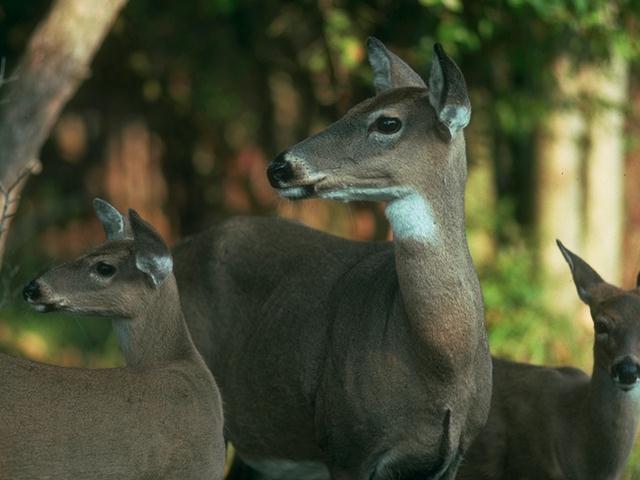|
| Query: deer | Result: 863rd of 1429 | |
Deer <!--사슴-->

| Resolution: 640x480
File Size: 36194 Bytes
Upload Date: 2004:10:04 10:18:58
|
From: Sharon
Newsgroups: alt.binaries.pictures.animals
Subject: Deer
Date: Sun, 28 May 2000 00:38:22 GMT
From a royalty free CD collection.
-Sharon
(Remove the DOTs to reply by e-mail)
http://home.tampabay.rr.com/lightningalbum
filename="B01i0007.jpg" |
^o^
Animal Pictures Archive for smart phones
^o^
|
|